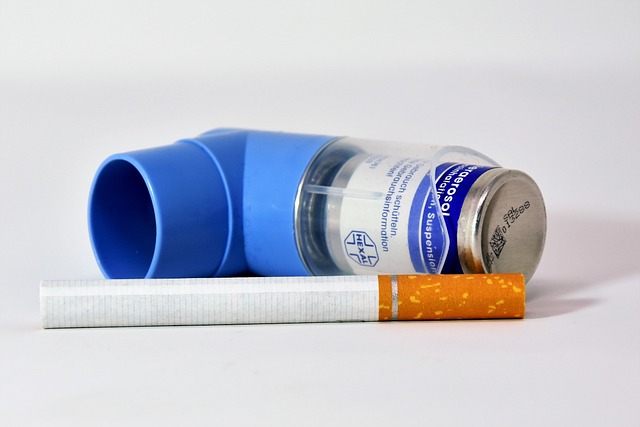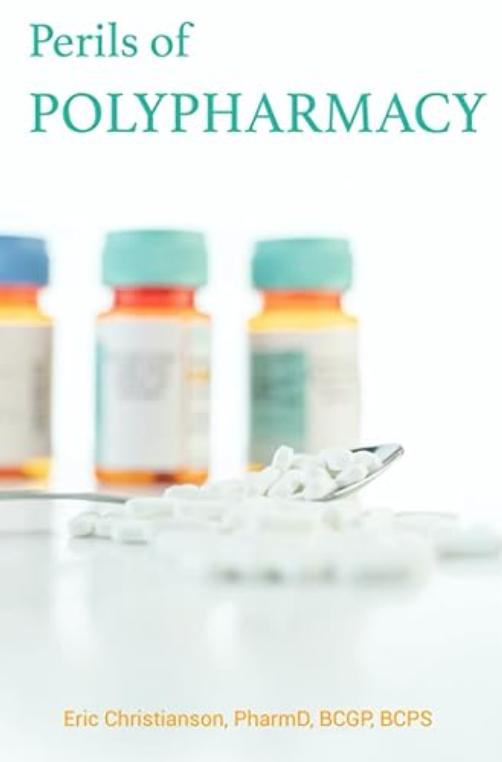Fluticasone is one of the most commonly used inhaled corticosteroids for the management of asthma and other respiratory conditions. I’ve encountered drug interactions frequently with fluticasone because it is metabolized by CYP3A4. I’ve seen this interaction flagged on many drug interaction programs. In this article, I’ll discuss the practical implications of dealing with inhaled fluticasone and CYP3A4 interactions.
Let’s start with the pharmacokinetic basics. Inhaled fluticasone does have some systemic absorption. Flovent Diskus systemic absorption is reported at 18%. This is not a massive amount of systemic absorption and generally is considered lower risk for HPA suppression. In most cases, the risks of appropriately managing asthma with inhaled corticosteroids is going to outweigh the risks for any long term adverse effects.
The 18% of fluticasone that is systemically absorbed is broken down by CYP3A4. By using a CYP3A4 inhibitor, we can increase the systemic exposure and area under the curve (AUC). This article demonstrated nearly a 50% increase in systemic exposure to fluticasone when ketoconazole was used. Note: If you have subscribed to the blog, you should have access to our free Drug Interactions PDF for more CYP3A4 inhibitors.
Increased corticosteroid exposure does increase the risk for HPA suppression. From a practical standpoint, many CYP3A4 inhibitors are short-term medications. Clarithromycin, ketoconazole, and a few other antifungal and antibiotic medications can inhibit CYP3A4. If the CYP3A4 inhibitor is going to be used short-term in patients taking fluticasone, I’m probably not going to be too concerned about this drug interaction. An increase in steroid effects is possible, but higher concentrations and HPA suppression for a very short period of time are not likely to cause any long-term major issues (similar to a baby burst of prednisone for a few days).
Inhaled Fluticasone and CYP3A4 Interactions – Long-Term Use
If long-term use of a strong CYP3A4 inhibitor and fluticasone is happening, I would consider reviewing the medications and consider alternatives if there are any available. In the same respect, I would be cautious with abrupt changes. Removing a CYP3A4 inhibitor abruptly could quickly reduce systemic steroid exposure and lead to the possibility of adrenal insufficiency due to long-term HPA suppression.
Here’s an example of a case report where a patient experienced adrenal insufficiency due to ritonavir (a potent CYP3A4 inhibitor) and escalating dosages of fluticasone. It is a bit of an extreme example but I think it highlights a really important educational point and I could see this happening in practice.
Grapefruit Juice and Fluticasone Interaction
Grapefruit juice is a strong CYP3A4 inhibitor. The frequency and amount of intake of grapefruit juice is going to play a factor in whether this interaction is significant or not. A patient using grapefruit juice once a month is probably not a huge concern, but as frequency increases, systemic exposure to fluticasone increases as well. I tend to encourage patients to avoid grapefruit juice if possible.
Do you worry about inhaled fluticasone and CYP3A4 interactions? Have you seen any issues with this interaction in your practice?
- 30 medication mistakes PDF
- 18+ Page Drug Interaction PDF
- 10 Commandments of Polypharmacy Webinar based on my experiences in clinical practice









0 Comments